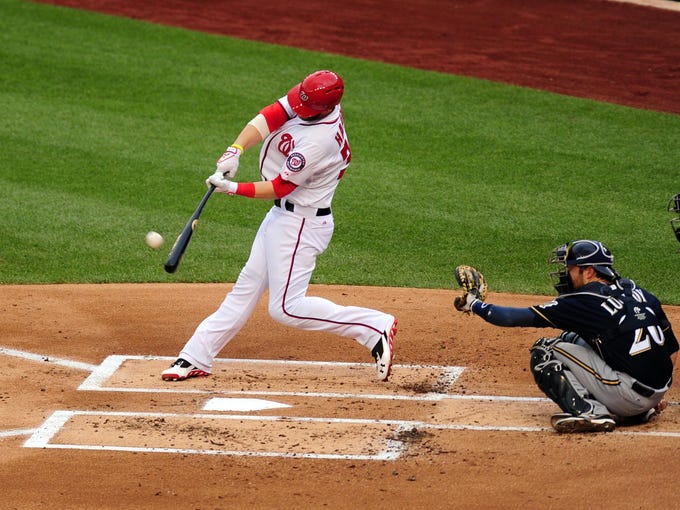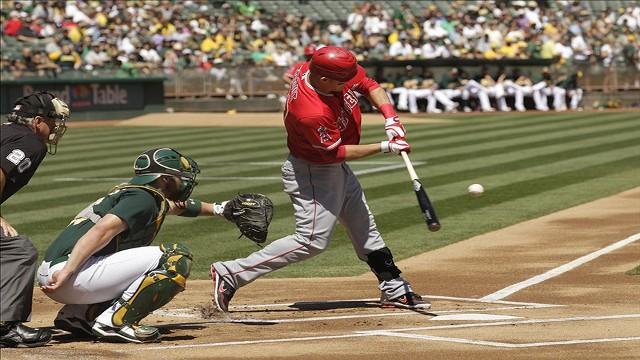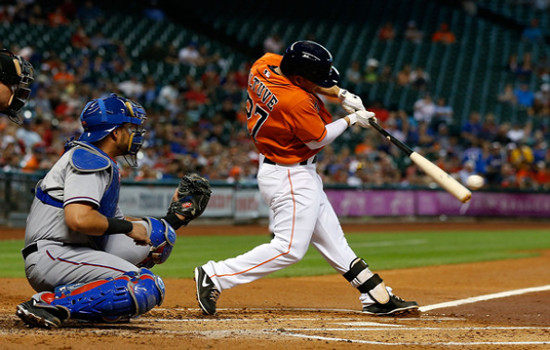Have always understood to turn the label up when swinging wood as the harder grains are on the side of the barrel, not on the label, or opposite of the label.
Then the MLB ink dot became required for maple and birch. But, as I understand it, the ink dot should face up, not the label. The thinking is to hit on the wider grains to avoid the exploding maple bat. However, in doing so, you will be hitting on the softer part of the bat. It will still break, but not shatter as they did in the past. However, doesn't that mean that the bat is A. more likely to break from hitting on the wider grains and B. You'll get less pop and distance if you follow the direction of putting the ink dot face up???
Shouldn't you just use traditional logic and keep the label up (or down) and hit on the strongest and hardest part of the barrel?
To further confuse the issue, I've read that some companies offset the labels 90 degrees on the ink dot bats to compensate?
I don't know if I understand which way to go, or if I've completely confused myself.
Maybe I should just look at a bat with an ink dot and look for the sides of the barrel with the tighter grains.




